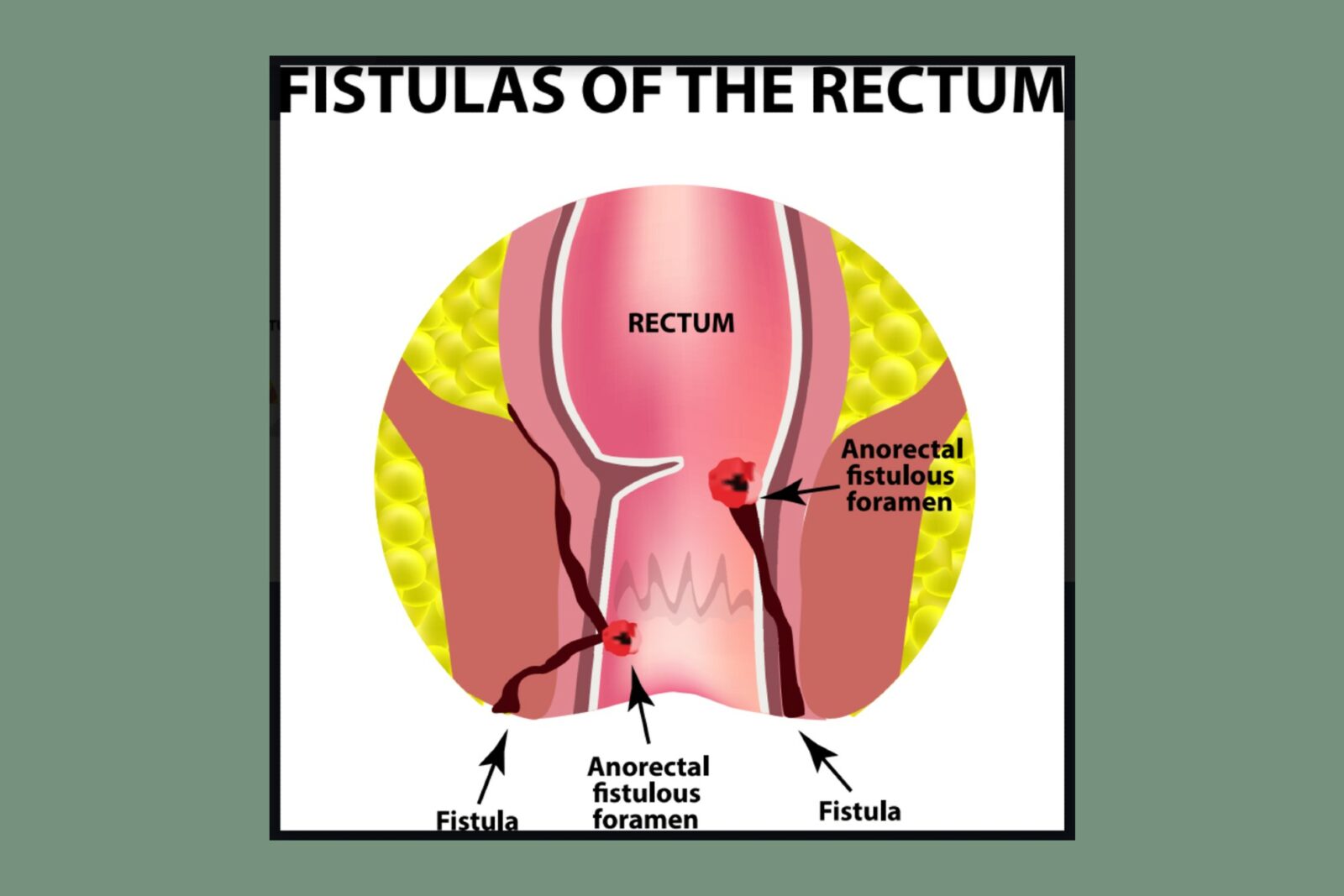An anal fistula is a tunnel that runs from inside of the anus into the skin around it. If anal glands that lubricate the area during a bowel movement – get infected, it may lead to an infection and subsequently into an abscess. If left untreated, an abscess can form a tunnel, called fistula, to drain the pus out through the skin.
Anal abscesses can cause pain, redness, swelling around the anus, fever and chills. The pain in the anal area is usually described as constant, throbbing pain that gets worse while sitting and having a bowel movement.
The most common symptoms of an anal fistula is foul-smelling, yellowish discharge from a hole around the anus, skin irritation, painful bowel movements or urination. These symptoms do not resolve on their own unless properly treated, causing a great deal of health and quality of life issues to the patients. In certain extreme untreated cases, patients report difficulty controlling bowel movements, called fecal incontinence.

At Soho Men’s Health, after a history to better understand the underlying problem is taken, a thorough physical examination will be conducted and a small in-office procedure, called proctoscopy where a special telescope with a light on the end to look inside of the anus will be performed to accurately diagnosed the fistula and determine its exact location.
Treatment options include a fistulotomy, a plug or seton placement. Fistulotomy is a procedure that involves cutting open the whole length of the fistula, so it is completely closed as it heals. A plug might be used to help close the fistula by obliterating the lumen. Seton procedures are where a piece of surgical thread called a seton is placed in the fistula and left there for several weeks to help it heal.

